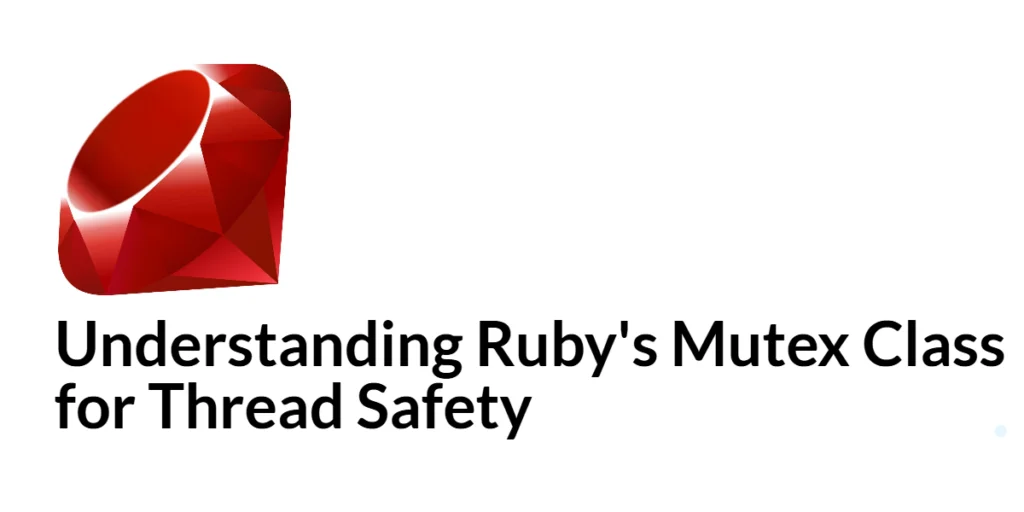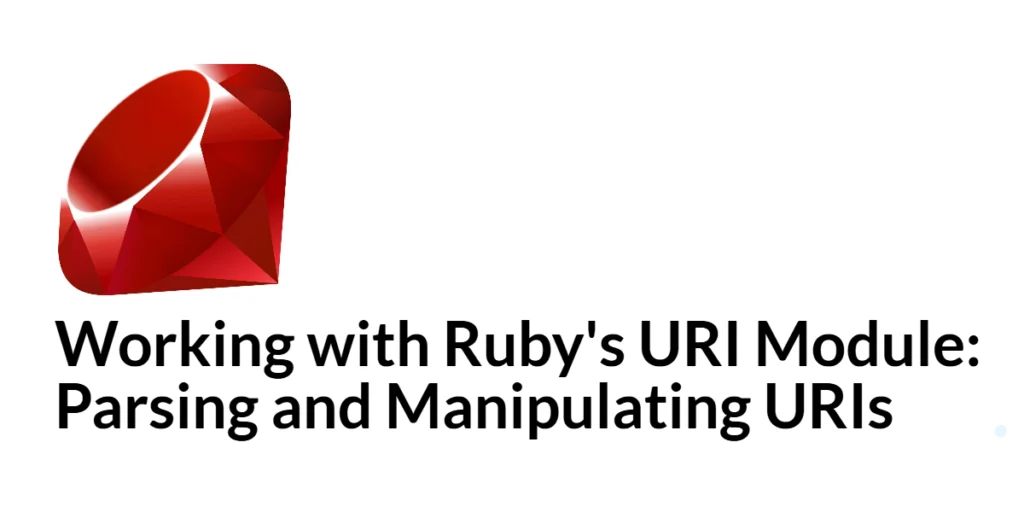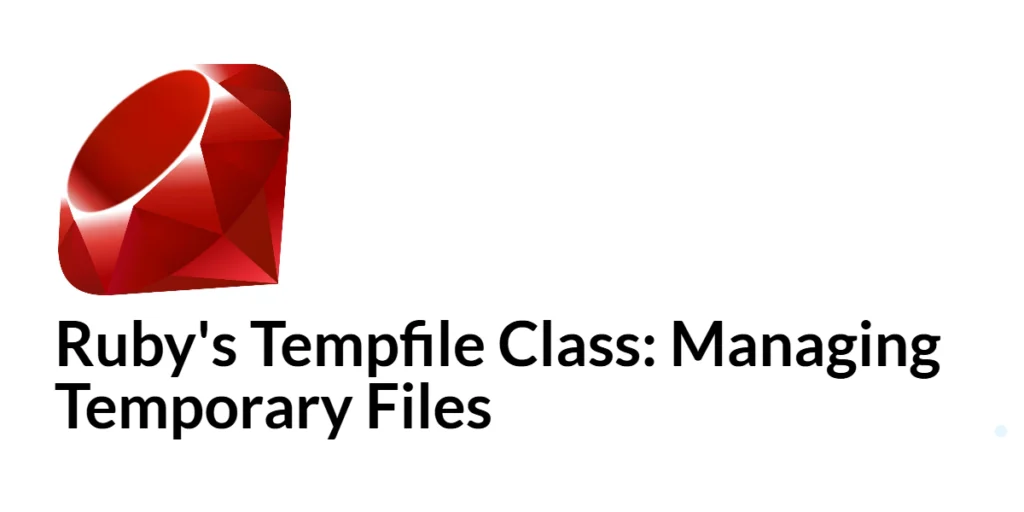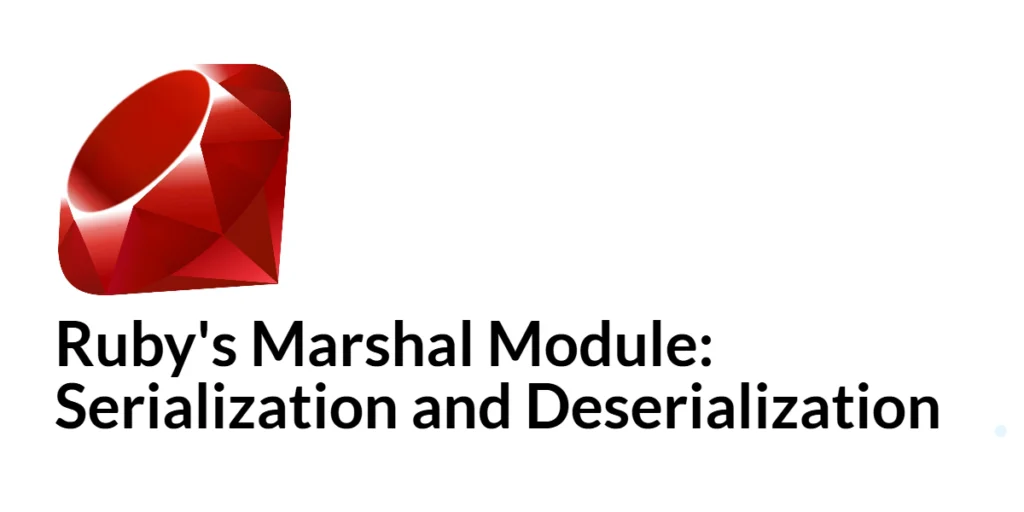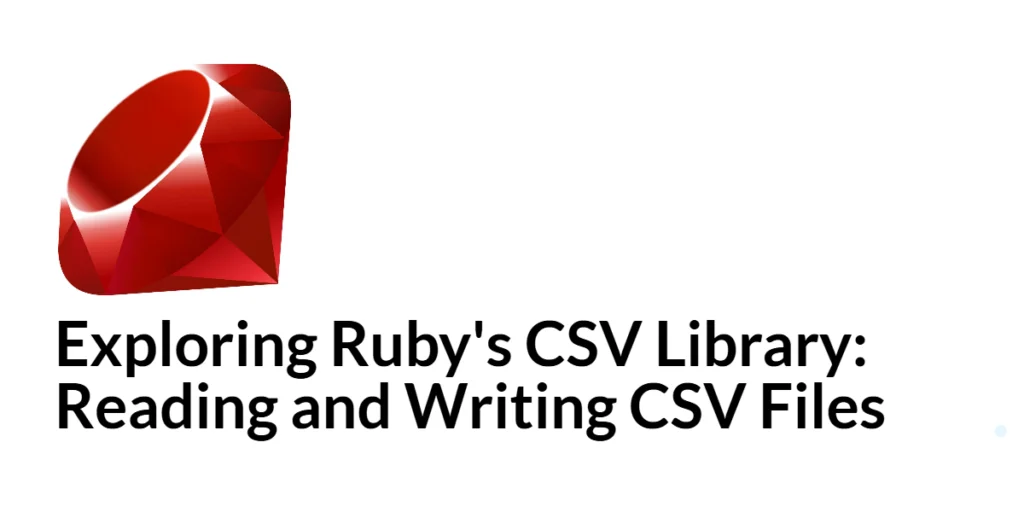Understanding Ruby’s Mutex Class for Thread Safety
Concurrency in programming allows multiple tasks to be performed simultaneously, making programs faster and more efficient. However, it also introduces complexities, particularly when multiple threads access shared resources. Without proper synchronization, this can lead to race conditions, data corruption, and unpredictable behavior. Ensuring thread safety is crucial in concurrent programming to avoid these issues. In […]
Understanding Ruby’s Mutex Class for Thread Safety Read More »
